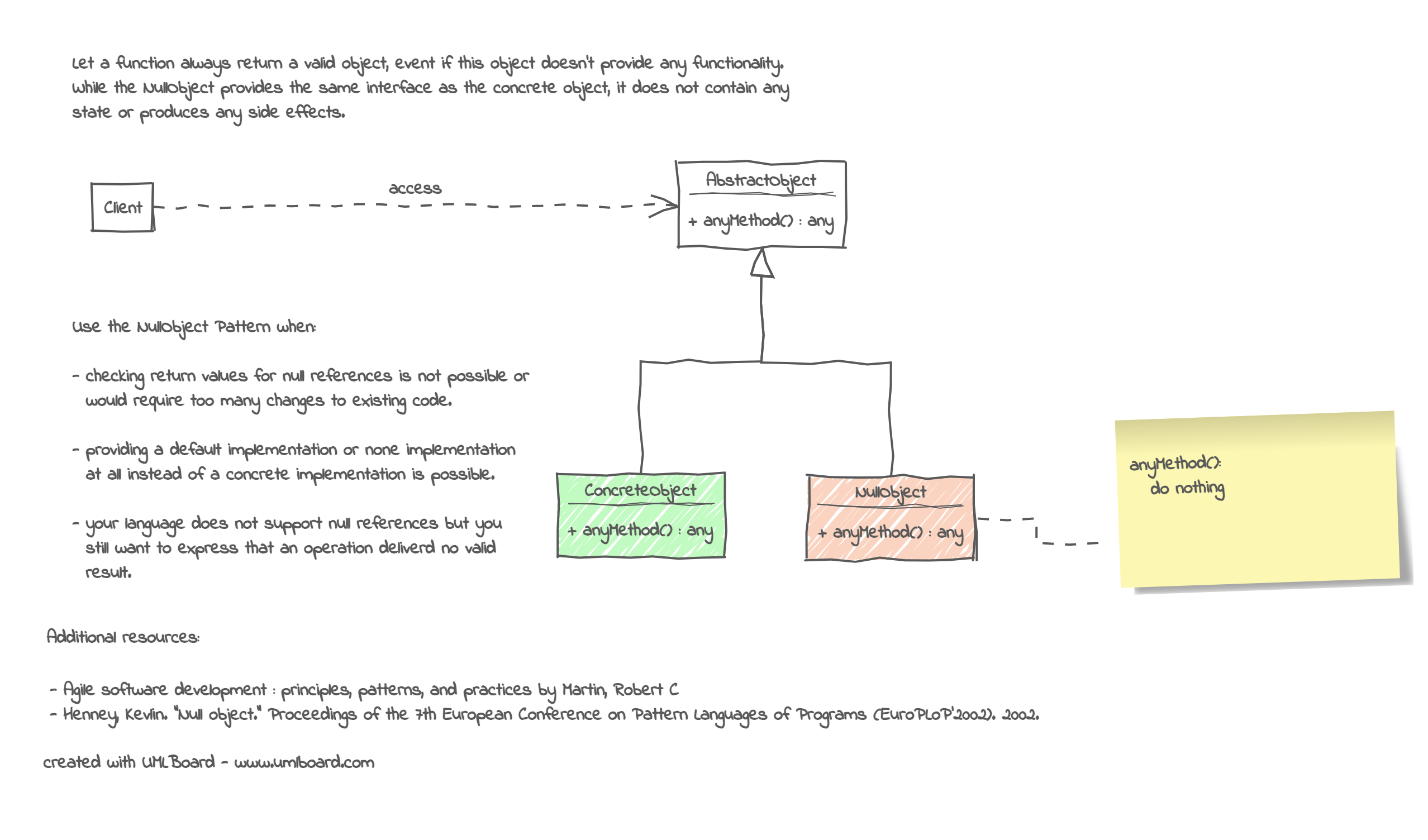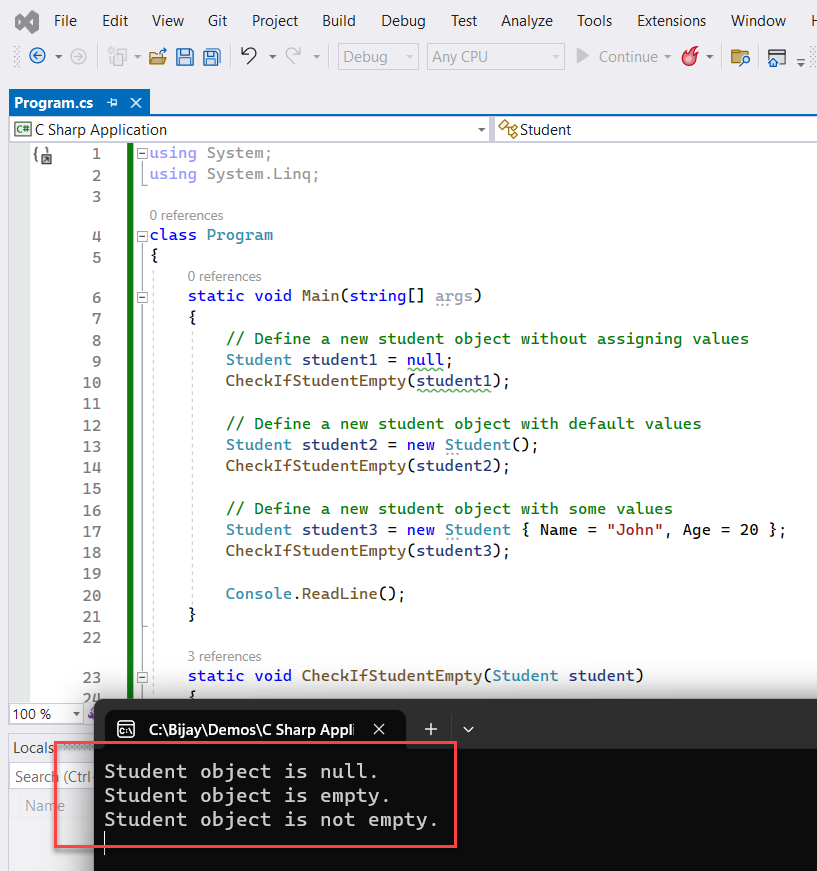Ace Tips About How To Check If An Object Is Null In C

If (pa && pb) return *pa + *pb;
How to check if an object is null in c. Traditionally, the only way to safely use some deeply nested object was to check for null at every level, so a lot of older apps are littered with code like this: There are several ways to check if an object is null in c#: If (data != null) however, i receive a nullreferenceexception at datalist.add (data).
If (!pb && pc) return silly_sum(pa, pc); When you declare an object but do not create an instance of it, its value defaults to null. I have to work briefly on an asp.net web forms project written in vb.net.
If( !foo ) //since null is. If ( employee != null &&. There are 3 different ways to do a null check:
Object.referenceequals (obj, null) referenceequals returns true when the object instances are the same instance. In c or c++, there is no special method for comparing null values. If (ptr != null) has the same meaning as if (ptr) but at the cost of redundant specificity.
This operator compares the memory addresses of two. Section 7.19 of the c11 standard describes definitions contained in stddef.h, including. The following is my code.
Here is how you check if an object is null: If (not (request.querystring(usertoken) is nothing)) and. If (pc) return silly_sum(pa, pb) + *pc;
Int *foo = null; If(p != null) is a safe and portable way to check if a pointer is null. Starting with c# 7.0, the is operator supports testing an expression against a.
The simplest way is using a sequence of if statements to check field by field if they are null or not and, in the end, return a combination of their results. Here we will see one. The next logical thing is to write if ((ptr != null) == true) and that way lies.
If (!data.equals(null)) and. */ if (!pa && (pb || pc)) return silly_sum(pb, pc); //sometimes set to 0x00 or 0 or 0l instead of null null check (check if the pointer is null), version a.
If( foo == null) null check, version b. One straightforward approach to check whether an object is null is using the equality ( ==) operator.

















